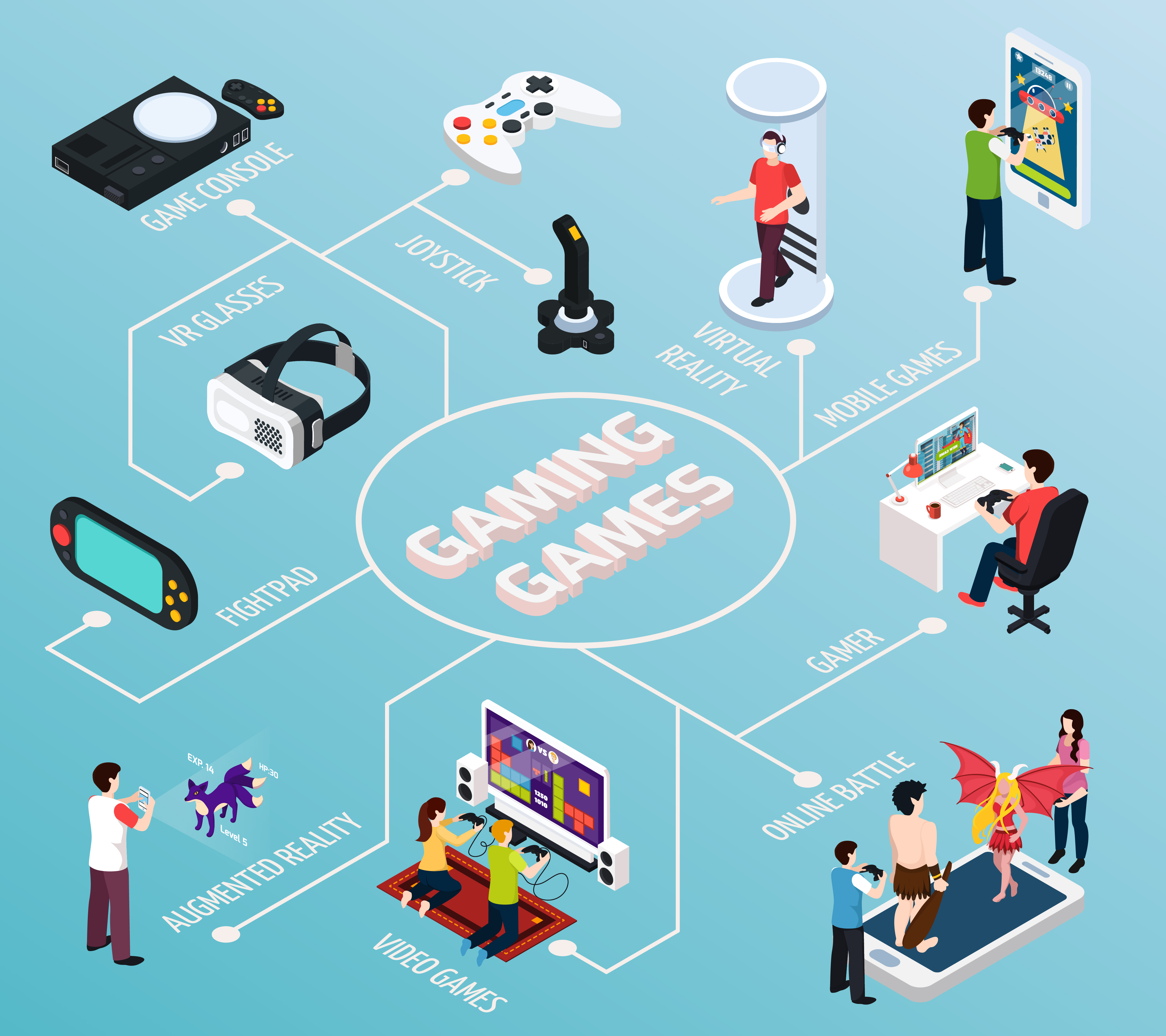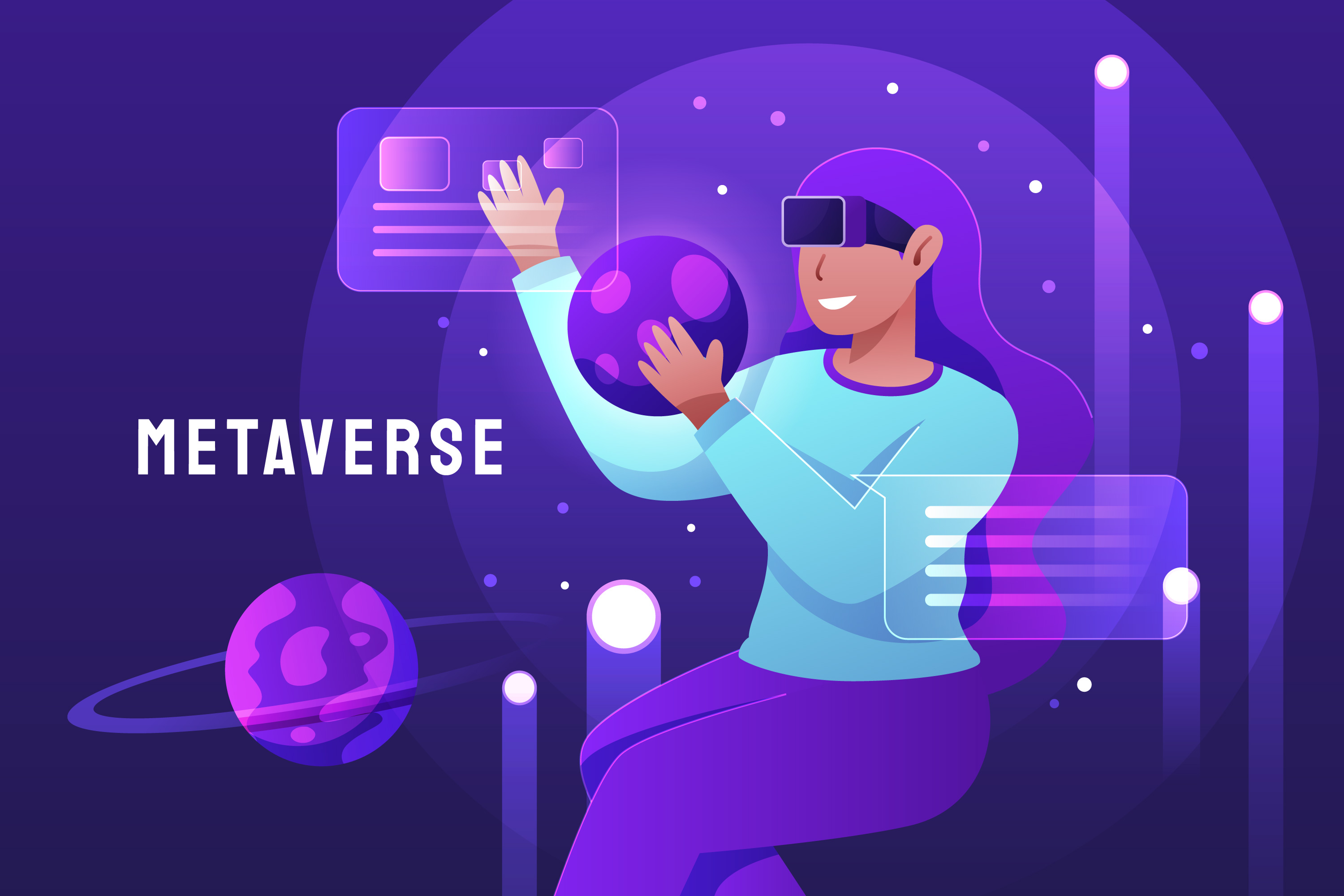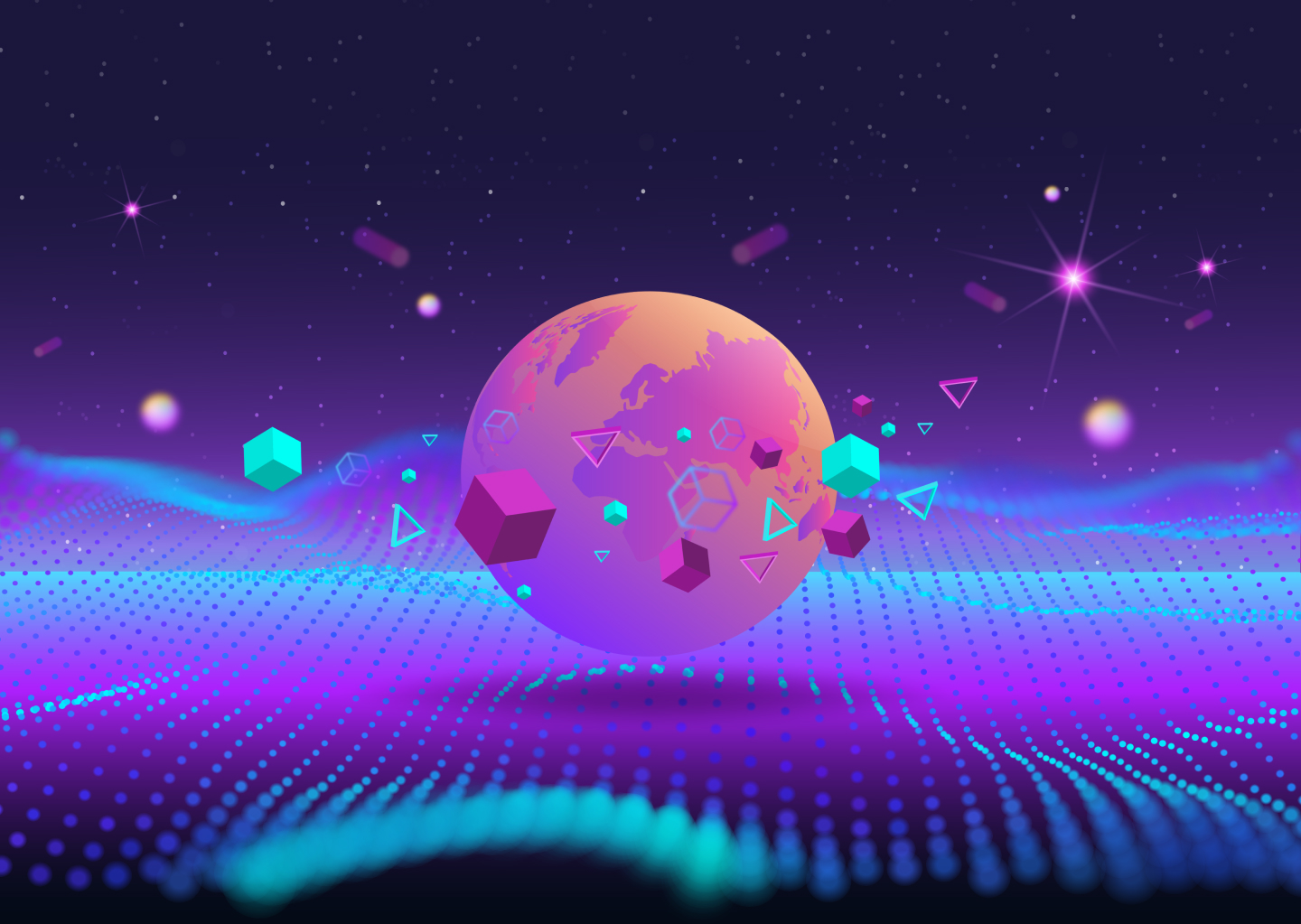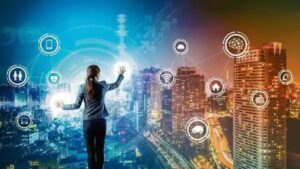Latest Games Scheduled to Release This Year-End
There are a plethora of exciting forthcoming games to look forward to, ranging from brand-new series to highly anticipated sequels. Many role-playing games (RPGs), action-packed road rages, detective games, and other titles kept the consoles going well beyond 2022. Yet, as we approach the end of the year, plenty more is to be seen in the gaming world. Now it's time to examine what video games are set to be released this year's end.
Here is our list of games scheduled for the end of the year.#
November 2022#
Endling - Extinction is Forever#
Platforms: PlayStation 5, Xbox Series X/S
Release date: November 3, 2022
How to Say Goodbye#
Platforms: Switch, PC, Mac, iOS, Android
Release date: November 3, 2022
The Chant#
Platforms: PlayStation 5, Xbox Series X/S, PC
Release date: November 3, 2022
The Entropy Centre#
Platforms: PlayStation 5, Xbox Series X/S, PlayStation 4, Xbox One, PC
Release date: November 3, 2022
WRC Generations#
Platforms: PlayStation 5, Xbox Series X/S, PlayStation 4, Xbox One, PC
Release date: November 3, 2022
Demon Throttle#
Platforms: Switch
Release date: November 4, 2022
Harvestella#
Platforms: Switch, PC
Release date: November 4, 2022
It Takes Two#
Platforms: Switch
Release date: November 4, 2022
Football Manager 2023#
Platforms: PlayStation 5, Xbox Series X/S, Xbox One, Switch, PC
Release date: November 8, 2022
Oddworld: Soulstorm#
Platforms: Switch
Release date: November 8, 2022
Sifu#
Platforms: Switch
Release date: November 8, 2022
Sonic Frontiers#
Platforms: PlayStation 5, Xbox Series X/S, PlayStation 4, Xbox One, Switch, PC
Release date: November 8, 2022
God of War: Ragnarok#
Platforms: PlayStation 4, PlayStation 5
Release date: November 9, 2022

Resident Evil 2#
Platforms: Switch
Release date: November 11, 2022
Tactics Ogre: Reborn#
Platforms: PlayStation 5, PlayStation 4, Switch, PC
Release date: November 11, 2022
Valkyrie Elysium#
Platforms: PC
Release date: November 11, 2022
Floodland#
Platforms: PC
Release date: November 15, 2022
Pentiment#
Platforms: Xbox Series X/S, Xbox One, PC
Release date: November 15, 2022
Smurfs Kart#
Platforms: Switch
Release date: November 15, 2022
Ys VIII: Lacrimosa of Dana#
Platforms: PlayStation 5
Release date: November 15, 2022
Call of Duty: Warzone 2.0#
Platforms: PlayStation 5, Xbox Series X/S, PlayStation 4, Xbox One, PC
Release date: November 16, 2022
Goat Simulator 3#
Platforms: PlayStation 5, Xbox Series X/S, PC
Release date: November 17, 2022
Marvel's Spider-Man: Miles Morales#
Platforms: PC
Release date: November 18, 2022

Pokémon Scarlet and Violet#
Platforms: Switch
Release date: November 18, 2022
Resident Evil 3#
Platforms: Switch
Release date: November 18, 2022
The Dark Pictures Anthology: The Devil in Me#
Platforms: PlayStation 5, Xbox Series X/S, PlayStation 4, Xbox One, PC
Release date: November 18, 2022
Evil West#
Platforms: PlayStation 5, Xbox Series X/S, PlayStation 4, Xbox One, PC
Release date: November 22, 2022
Gungrave G.O.R.E.#
Platforms: PlayStation 5, Xbox Series X/S, PlayStation 4, Xbox One, PC
Release date: November 22, 2022
Just Dance 2023#
Platforms: PlayStation 5, Xbox Series X/S, Xbox One, Switch
Release date: November 22, 2022
Ship of Fools#
Platforms: PlayStation 5, Xbox Series X/S, Switch, PC
Release date: November 22, 2022
The Knight Witch#
Platforms: PlayStation 5, Xbox Series X/S, PlayStation 4, Xbox One, Switch, PC
Release date: November 29, 2022
Gundam Evolution#
Platforms: PlayStation 5, Xbox Series X/S, PlayStation 4, Xbox One
Release date: November 30, 2022
Warhammer 40,000: Darktide#
Platforms: PC
Release date: November 30, 2022
December 2022#
Gundam Evolution#
Platforms: PlayStation 5, Xbox Series X/S, PlayStation 4, Xbox One
Release date: December 1, 2022
Romancing SaGa -Minstrel Song- Remastered#
Platforms: PC, PlayStation 5, PlayStation 4, Switch
Release date: December 1, 2022
Resident Evil Village: Winters' Expansion#
Platforms: Switch
Release date: December 2, 2022
The Callisto Protocol#
Platforms: PC, PlayStation 5, Xbox Series X/S, PlayStation 4, Xbox One
Release date: December 2, 2022
Marvel's Midnight Suns#
Platforms: PC, PlayStation 5, Xbox Series X/S
Release date: December 2, 2022
Need For Speed Unbound#
Platforms: PC, PlayStation 5, Xbox Series X/S
Release date: December 2, 2022
Fortnite Season 5#
Platforms: PC, PlayStation 5, Xbox Series X/S, PlayStation 4, Xbox One, Switch
Release date: December 4, 2022
Kukoos - Lost Pets#
Platforms: PlayStation 4, Switch
Release date: December 6, 2022
Alaskan Truck Simulator#
Platforms: PC, PlayStation 5, Xbox Series X/S, PlayStation 4, Xbox One
Release date: December 7, 2022
Hubris#
Platforms: PC, VR
Release date: December 7, 2022
The Rumble Fish 2#
Platforms: PC, PlayStation 5, Xbox Series X/S, PlayStation 4, Xbox One, Switch
Release date: December 8, 2022
Witch On The Holy Night#
Platforms: PlayStation 4, Switch
Release date: December 8, 2022
Dragon Quest Treasures#
Platforms: Switch
Release date: December 9, 2022
IXION#
Platforms: PC
Release date: December 12, 2022
Crisis Core –Final Fantasy 7– Reunion#
Platforms: PC, PlayStation 5, Xbox Series X/S, PlayStation 4, Xbox One, Switch
Release date: December 13, 2022
High On Life#
Platforms: PC, Xbox Series X/S
Release date: December 13, 2022
Nakara: Bladepoint#
Platforms: Xbox One
Release date: December 13, 2022

















